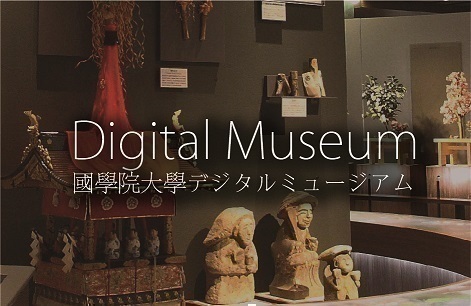- トップ
- Encyclopedia of Shinto
- Hōbei
Encyclopedia of Shinto
| Main Menu: | |
| Links: |
詳細表示 (Complete Article)
| カテゴリー1: | 3. Institutions and Administrative Practices |
|---|---|
| カテゴリー2: | The Emperor |
| Title | Hōbei |
| Text | Offerings of heihaku made to shrines and imperial tombs by order of the emperor. The term also refers to an envoy who bore these offerings, (alternatively called the hōbeishi). The characters can also be read as hōhei. Sometimes this was offered to only one shrine, while on other occasions, it was offered simultaneously to several shrines. An example of the latter is the well-known "Twenty-two Shrines hōbei." There were regular offerings which had become customary and there were also extraordinary occasions for which offerings were made. The hōbei usually accompanied an imperial proclamation (senmyō) but the paper used for the message differed according to the shrine: for example, the paper used for The Grand Shrines of Ise was a deep blue (hanada iro), and that for Kamo Shrine was crimson (kurenai iro), while for other shrines, yellow paper was used. With the decline of the power of the court in the middle ages, these offerings became increasingly token affairs. After the Ōnin War (1467-1477) they ceased entirely, except for the offerings sent to the Grand Shrines of Ise. However during the Edo Period in the second half of the seventeenth century, there was a trend to restore court rites. In 1744 after a break of almost three-hundred years, the hōbei offerings to seven shrines (Ise, Iwashimizu, Kamo, Matsunoo, Hirano, Inari, and Kasuga) were restored. The "Ordinance on Imperial Household Rites" of 1908 created detailed provisions concerning the hōbei. According to the Meiji system, the Grand Shrines of Ise and royal mausolea as well as official shrines called kankokuheisha (imperial and national shrines) and others received hōbei. However in 1911, the envoys who had commonly been called hōbeishi were officially renamed heihakukyōshinshi (envoys who offer the heihaku). Currently hōbei are sent to the Ise shrines and the other venues of imperial rites known as chokusaisha and also to imperial mausolea for Shikinensai memorial rites. Envoys who carry offerings from the Association of Shinto Shrines (Jinja Honchō) to various shrines are currently called kenpeishi. — Inoue Nobutaka |




